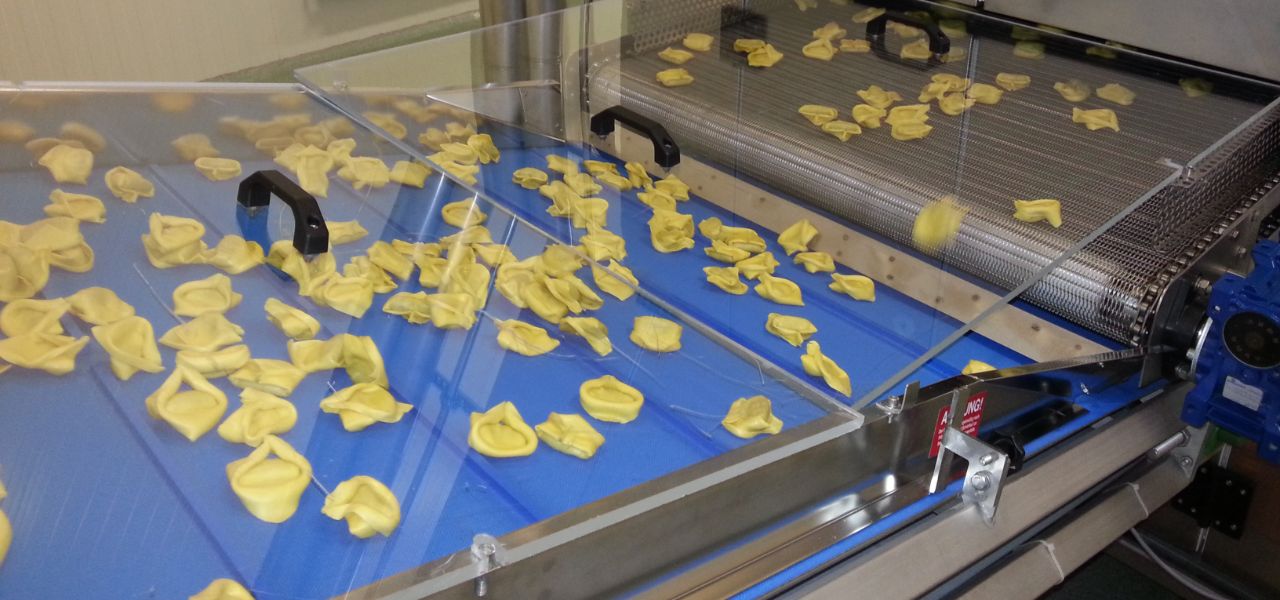It is known all over the world that Italy is the first country in the world for the production of pasta. But did you know who holds second place? The United States produces 4.4 billion pounds of pasta per year and collectively consumes 6 billion of it.
The success of this food is contained in its genuineness. However, behind its simplicity there is a long and complex production process.
The pasta production process can be summarized as follows: the grain is sieved, transformed into a dough, which is then drawn according to the type of processing (dry or fresh) or shape, and subsequently dried.
If you want to know more about how pasta is made, read on. In this article, we at Sarp, manufacturers of industrial machinery for pasta, have outlined all the stages of the production process of this important food, which, according to the data published in the Allianz report, generates 3.5% of the national turnover of the food industry.

The journey from dry pasta to our dishes begins with the selection of durum wheat according to high quality standards. Subsequently, the grain is delivered to the mills where it is sieved, cleaned of impurities and finally ground.
The durum wheat semolina then arrives at the pasta factory to be transformed and processed through the use of specific machinery.
Industrial mixers and presses mix semolina with water to form the protein matrix consisting of gluten. This is stretched and then compressed through the kneading of the dough: a technique that allows to obtain an elastic and moldable dough, necessary for the drawing phase.
During this step the dough is modeled by the dies, which allow to shape the pasta. The product that comes out of these machines still contains a lot of water and for this reason it is then left to rest in special dryers.
Once ventilated and dried, the pasta is allowed to cool. Now all that remains is to pack it.
The manufacturing of dry pasta is just one of the many processes that can be carried out in a pasta factory.
The production process of fresh pasta is similar but with small differences in the choice of raw materials (in this case semolina, flour, water and eggs) and the machinery used.
To produce fresh pasta, without adopting the drying process, it is necessary to use specific machines that preserve and protect the quality of the final product, such as pasteurizers, essential for killing bacteria, and sterilizers, essential for obtaining a high shelf-life.
Similarly, to make gnocchi, lasagna and precooked pasta you need special tools such as cookers, lasagna or gnocchi machines.
Depending on the type of pasta you want to produce, at SARP we design tailor-made systems for the industrial production of pasta, capable of responding to any need!